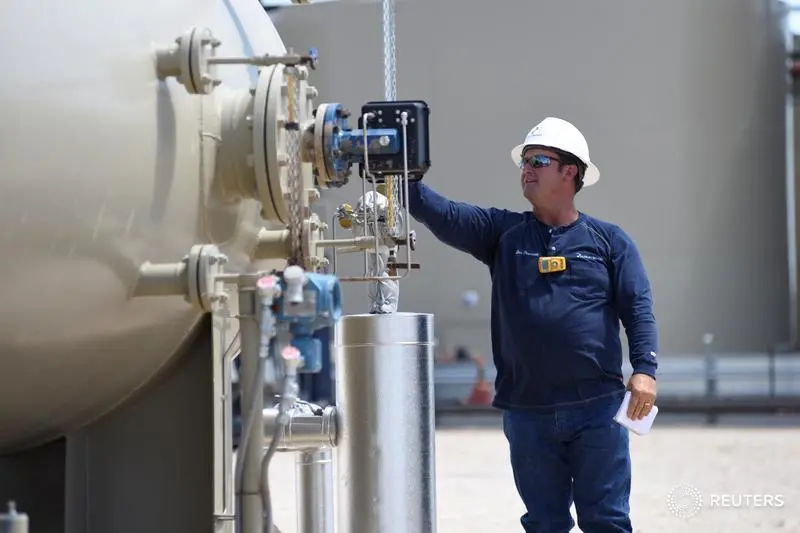PHOTO
This time two years ago, the oil and gas industry was lamenting job losses due to the downturn and many disconcerted oil and gas professionals sought out work in other fields.
About this time last year, the industry had returned to $50 oil and it was enough to stimulate some significant hiring in the upstream sector.
In fact, taking a microscope to Texas – a strong oil and gas state – oil economist Karr Ingham said Texas really flexed its muscle in 2018 in regard to production. He noted the state’s crude oil production made up 40 percent of total US production and that percentage is expected to increase by the end of 2019.
And Texas upstream employment saw substantial increases in 2018.
According to the Texas Alliance of Energy Producers’ Texas Petro Index, jobs in oil and gas extraction increased by an average of 3.5 percent from 2017 to 2018 while jobs in oil and gas support services increased by an average of 21.3 percent.
“For all of 2018 as whole, oil and gas employment went as I might have expected it to, given crude oil prices...” Ingham told Rigzone. “The only hiccup last year was one of month of employment decline measured by the Texas Workforce Commission (TWC) from October to November.”
The TWC revealed a decrease of about 500 jobs during that time period.
“I’m 100 percent certain that was a statistical anomaly,” said Ingham. “It happened at a time – the very same month – that crude oil prices started to fall.”
Ingham maintains it had no connection to declining oil prices from October to November. In fact, employment recovered in December to surpass October’s numbers.
Rigzone conducted a survey of recruiters around the globe in fourth quarter 2018 and 70 percent indicated that they expected to recruit more in the near future.
Sixty-five percent said they recruited more in first half of 2018 than in the second half of 2017.
Chris Sharron, global talent acquisition manager for Anadarko Petroleum Corporation, recently told Rigzone his company’s hiring from 2017 to 2018 more than doubled.
This signifies a positive trend.
“We definitely saw hiring start to pick up in 2018 ... there was a real shift in moving toward more technical positions like data science, data engineering and data analytics,” Sharron said. “We also saw a lot of hiring closer to the wellhead – production engineers, operators, mechanics, etc. – to support production.”
Oil and gas companies and workers alike are hoping this trend continues.
In the energy hub of Houston, research from the Greater Houston Partnership (GHP) reported that minor job cuts will occur in 2019, but they’ll be in response to asset divestitures and strategic exits from certain plays.
“The layoffs will be offset by hiring elsewhere, especially in oilfield services, equipment manufacturing and digital analysis,” the GHP reported.
Ingham added that if crude prices stay about where they are now (near the $50 range) and the rig count remains a bit flat, the employment growth rate may flatten in 2019, but absent a sustained price decline, Texas shouldn’t expect to see much industry job loss in 2019.
Sharron said oil and gas companies are taking a cautious approach to hiring as commodity prices stabilize.
“People are really starting to get a feel for where the needs are going to be, so there’s probably a cautious approach at the beginning of the year,” he said. “But if oil continues to stabilize above $50, then we will see increased hiring volumes throughout the second and third quarter of 2019.”
© Copyright 2019 The Saudi Gazette. All Rights Reserved. Provided by SyndiGate Media Inc. (Syndigate.info).












